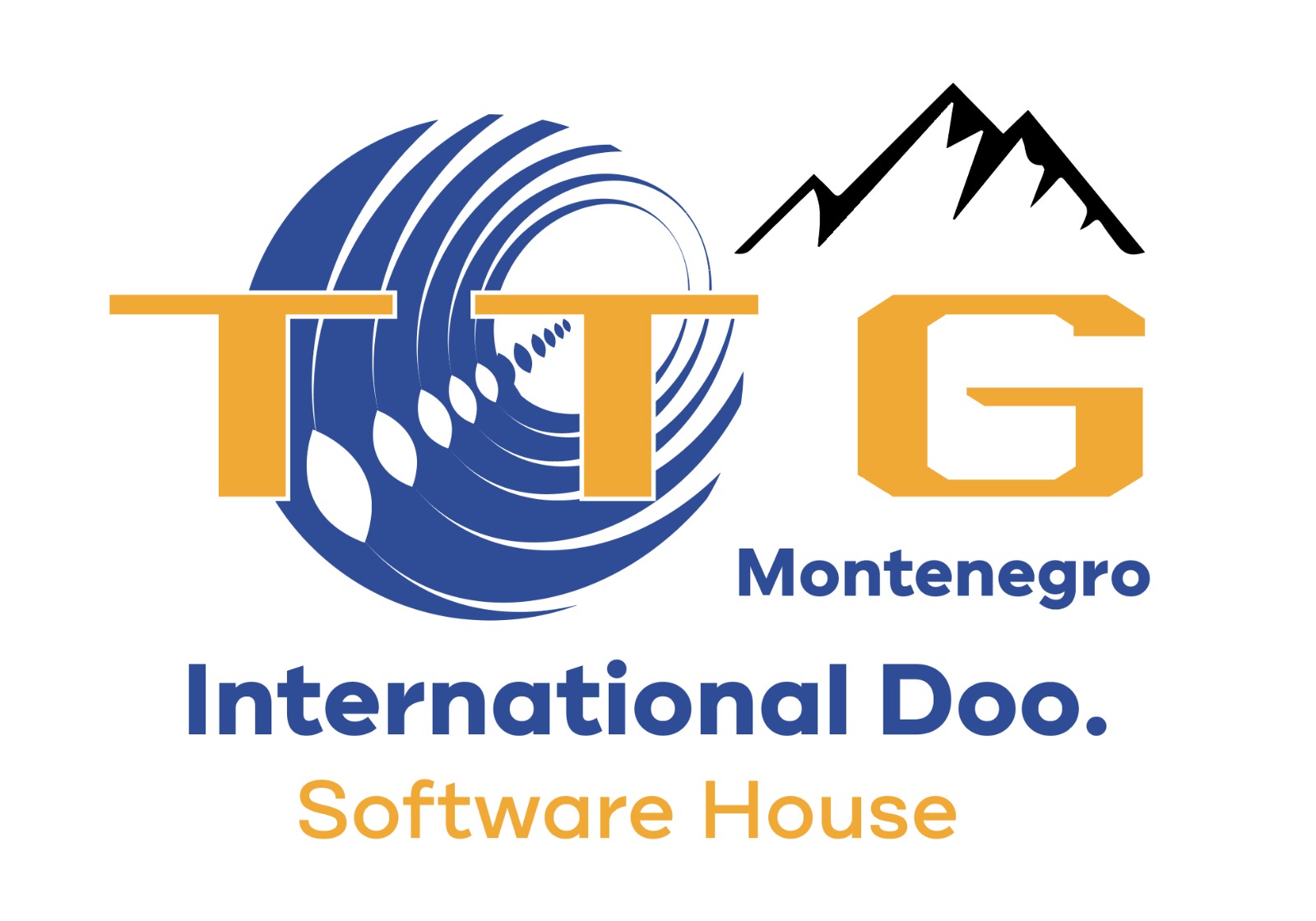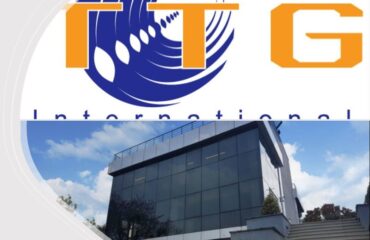In the digital era, the efficiency of network resource management is paramount for businesses to thrive. The distinction between managing network resources and other inventories is crucial for optimizing operations and ensuring network reliability. This comprehensive guide delves into the nuances of network resource inventory, contrasting it with the management of other organizational assets, and underscores the importance of integrating Operational Support Systems (OSS), Network Management Systems (NMS), and Element Management Systems (EMS) with broader enterprise systems.
Understanding Network Resource Inventory
Network resource inventory is dedicated to cataloging and managing the active components that constitute the network’s backbone. This includes both tangible assets like routers and switches, and intangible assets such as IP addresses and software configurations. The essence of network resource management lies in its dynamic nature, requiring continuous updates to mirror the network’s current operational state. This ensures that the network’s design, capacity planning, and fault management are based on accurate and current data.
The Dynamic Nature of Network Resource Management
The management of network resources is characterized by its focus on the operational integrity and performance of the network. Tools designed for this purpose offer real-time monitoring, automated configuration management, and detailed analytics on network health. These systems are adept at handling the complexities of active network components, facilitating efficient planning, deployment, and troubleshooting.
Beyond Network Resource Management
While OSS/NMS/EMS excel in managing active network resources, their scope typically does not extend to passive assets or non-network-related inventories. These might include physical infrastructure not directly involved in network operations, office equipment, and warehoused materials awaiting deployment. The management of these assets often falls under the purview of enterprise resource planning (ERP) systems or asset management software, focusing on lifecycle management, financial accounting, and operational support.
Bridging the Gap with ERP and IMS
To achieve a holistic asset and inventory management strategy, it’s imperative for OSS/NMS/EMS to synchronize with ERP systems and Inventory Management Systems (IMS). This synchronization ensures a seamless flow of information across systems, enabling comprehensive management of all organizational assets. ERP systems offer a bird’s-eye view of an organization’s resources, aiding in strategic planning and operational efficiency, while IMS handle a broader spectrum of inventories.
Conclusion
Effective network resource management is a cornerstone of maintaining network reliability and performance. However, it represents just one facet of an organization’s broader asset and inventory management ecosystem. Integrating OSS/NMS/EMS with ERP and IMS solutions is essential for a comprehensive approach to managing all assets and resources. This not only enhances operational efficiency but also supports strategic resource optimization, ensuring that businesses remain agile and resilient in the face of evolving network demands.




